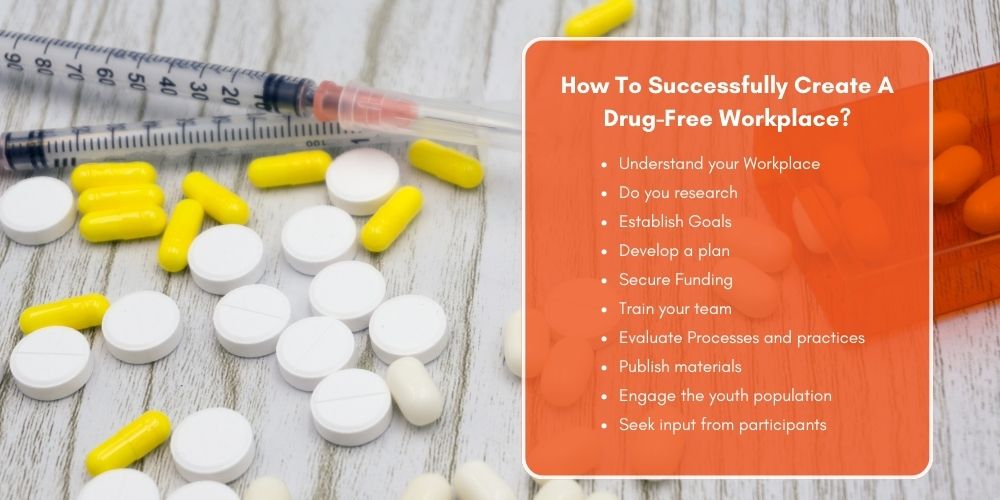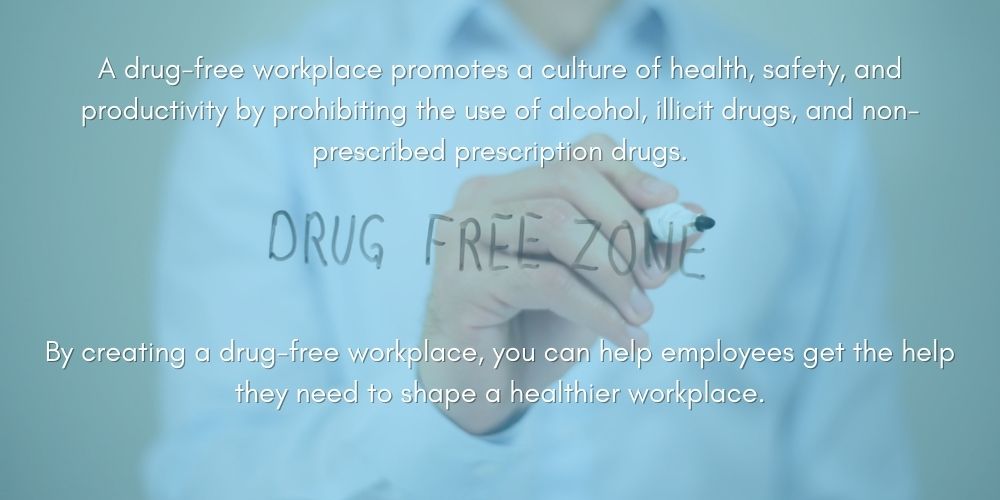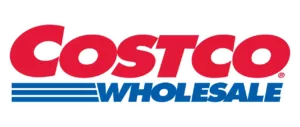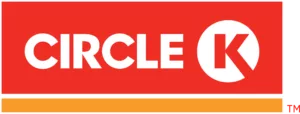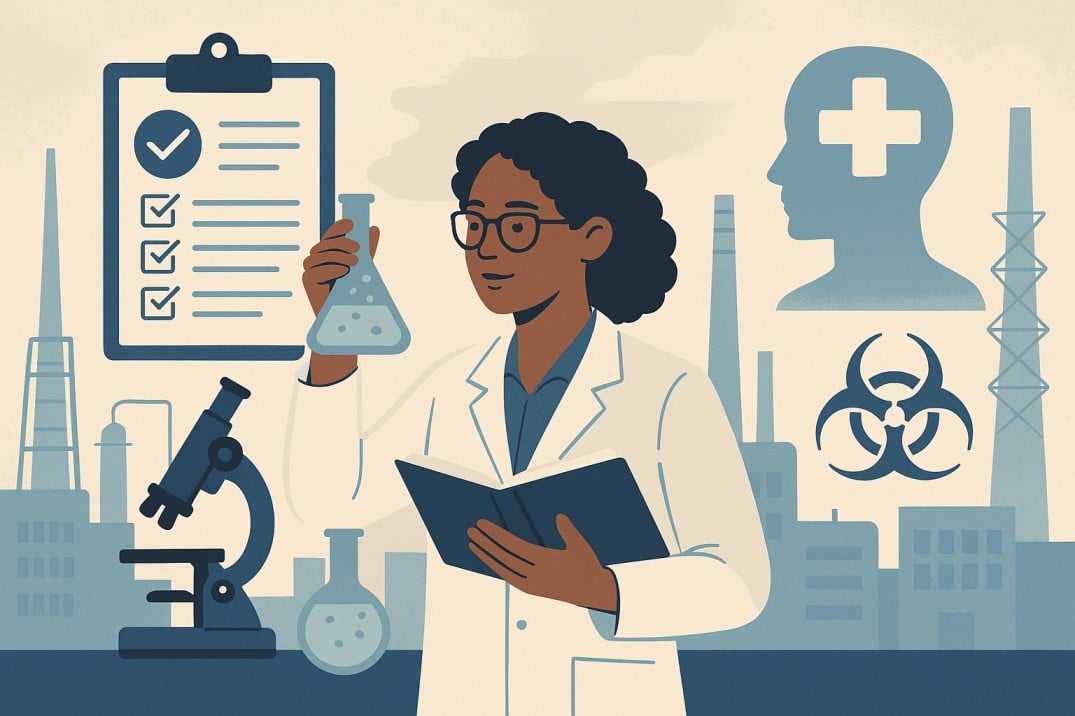Alcohol and Drug Awareness Program (ADAP): Strategies For A Healthy And Productive Workplace
Creating a drug-free workplace is no easy feat, but it’s crucial to your company’s success. In this blog post, we’ll discuss some tips for creating a drug-free workplace and its benefits.
But before that, let’s understand the basics.
What Is Substance Use?
Substance use is consuming a drug or alcohol to experience a physical or emotional effect. The substance may be taken orally, inhaled, injected, or applied topically.
Substance use can also include the act of taking prescription drugs in a manner other than prescribed by a physician. Substance abuse is another form of substance use that differs from substance dependence in terms of severity and negative consequences.
Save Thousands Of Dollars With Coggno Prime Subscription
However, it still involves compulsive, often uncontrollable consumption of drugs or alcohol. It is the use of a substance to get high, which can lead to addiction.
The most common substances abused include alcohol, tobacco, illegal drugs (including marijuana and other drugs), prescription medications (such as opioids), and even food or over-the-counter products like cough syrup.
Managing Substance Abuse In The Workplace: Employee Edition Course
How Can We Promote a Drug-Free Lifestyle?
A drug-free lifestyle is a significant one. One way to promote a drug-free lifestyle is by educating employees by giving drug-free courses and making them aware of its benefits. The course will help them understand the danger of drugs and alcohol and make better decisions regarding their health.
Case Study – Coggno & Harvard Revolutionizing Training Delivery
What Is a Drug-Free Workplace?
A drug-free workplace does not allow drugs or alcohol at work. Employees are prohibited from using drugs before or during work hours and being intoxicated at work. It also means that employees cannot use drugs or alcohol in the office.
Drug And Alcohol Awareness Course
Why Is A Drug-Free Education Necessary In The Workplace?
Drug-free education is necessary for the workplace because it helps employees understand the consequences of their actions and feel more comfortable taking charge of their health.
Drug-free education can be especially effective when it’s done in an environment that encourages open and honest communication. For example, drug-free programs might include an employee-led panel discussion on how drugs affect individuals differently.
This panel can help employees see that there is no one-size-fits-all answer for what drugs do to you. Drug-free education is not just about telling employees what they can’t do; it’s also about providing resources for those who need help quitting or staying clean.
Case Study: How Coggno Empowered Costo to Achieve Unprecedented Compliance and Safety Standards
How To Successfully Create A Drug-Free Workplace?
To successfully create a drug-free workplace, you must implement policies and procedures that create awareness of substance abuse within the organization. Here are the 10 steps to successfully creating drug awareness in the workplace.
Step 1: Understand Your Workplace
- Know the drug use in your workplace
- Know the resources to fight against drug use in your workplace
- Know the employees in your workplace who need help and who can assist you with this project
Managing a Drug-Free Workplace
Step 2: Do Your Research
Next, you need to conduct a needs assessment. It will help identify any specific risks for your community and the impact of substance use on your community.
Step 3: Establish Goals
- Establish a clear definition of what “drug-free” means for your organization.
- Create an official policy that outlines the consequences of violating the drug policy, including disciplinary action and termination procedures.
- Ensure that the individuals enforcing the policy are well-trained in how to do so.
- Ensure that everyone understands what they can and cannot do under the company’s drug policy. You can do so by providing information about what constitutes violations and what they should do if someone violates it (such as informing supervisors).
Drugs And Alcohol: The Facts (US) Course
Step 4: Develop a Plan
The fourth step in creating awareness of drug programs is developing a plan. There are several steps to creating a plan:
- Understand your budget and how much money will be available to spend on the project;
- Determine how much time you have to complete the project;
- Identify who will be involved in the project (staff, volunteers, community members); and
- Plan out how you want the program to be rolled out.
Step 5: Secure Funding
There are a wide variety of funding sources for drug-free programs, including:
- Federal, state, and local governmental agencies
- Non-profit foundations and organizations that specialize in drug awareness programs
- The community at large, including businesses and individuals
Case Study: Achieve 70% Higher Compliance Rates. Coggno & UL Partnership In Global Safety
Step 6: Train Your Team
The next step is to train your team. Your team includes everyone involved in the day-to-day operations of your business, plus anyone who will be interacting with the public. If you do not have training programs, several online resources can help receive you started.
For example, Coggno offers an online training course called “Drug-Free 101: Employee Essentials.” This course helps the attendee/employee understand the following:
- the impact of substance abuse on an employee and their workplace
- specific dynamics about commonly abused drug
- the signs, symptoms & progression of the disease of addiction
- the process & reliability of drug and alcohol testing
- how employees’ rights are protected
- the specifics of seeking assistance and appropriate resources
- includes supplemental materials and resources for additional information
Once you have found an appropriate resource or developed your materials, it is time to roll up your sleeves and get started!
Step 7: Evaluate Processes and Practices
You want to ensure that your program is effective. You may also want to evaluate the impact of your programs or how much they have improved. Furthermore, you may want to determine how much money you need to spend on programs.
And whether or not there are any other benefits to having such programs in place besides reducing employee drug use.
Step 8: Publish Materials
Remember, it’s not just about posting online about drug awareness programs or even letting people know about it; you should also ensure the materials are available to everyone. It means ensuring that anyone can access them, whether they are looking for them.
It may also mean making them easy to understand with short text and simple graphics so that everyone can get something out of the content, even if they don’t speak English well or aren’t familiar with American culture (or any culture).
So, for example, suppose someone wants more information than what was provided in your drug-free material. In that case, they should know where they can find it.
Ensure your website includes links back home so readers know where else they could go if they want more information on specific drug-related topics, like alcohol use disorder treatment, drug use consequences, etc.
Step 9: Engage the Youth Population
To be successful, you need to engage the youth in the planning process. There are several ways you can do this:
- Use youth as peer educators
- Provide opportunities for them to interact with others in their community
- Offer opportunities for them to interact with adults
Step 10: Seek Input from Participants
- Seek feedback from participants.
- Ask for feedback from community members.
- Ask for feedback from family members.
- Ask for feedback from teachers.
- Ask for feedback from friends and peers in the program, especially those who were previously involved with drugs or alcohol but are no longer using them. They can be great resources to help you improve your drug prevention message!
Make More Informed Decisions About Drug Use With A Drug-Free Program
A drug-free workplace promotes a culture of health, safety, and productivity by prohibiting alcohol, illicit drugs, and non-prescribed prescription drugs.
By creating a drug-free workplace, you can help employees get the help they need to shape a healthier workplace.
Some of Coggno’s most successful clients have found that a drug-free program helps them lower their costs associated with medical claims and absenteeism.
They also find that their employees are more productive and loyal when they know their employer cares about their overall health and well-being.
Maximize Training, Minimize Costs With Coggno Prime
FAQs On Drug Awareness
Q: Why is awareness of drugs important in society?
A: Awareness of drugs is crucial in society to educate individuals about the risks associated with drug use, including addiction, health problems, legal consequences, and social impacts. By promoting awareness, communities can empower individuals to make informed decisions, resist peer pressure, seek help when needed, and contribute to prevention efforts.
Q: What does awareness of substance abuse entail?
A: Awareness of substance abuse involves understanding the signs, symptoms, and consequences of addictive behaviors related to drugs and alcohol. It includes recognizing risk factors, understanding the impact on physical and mental health, and promoting empathy and support for individuals struggling with substance use disorders.
Q: How can drug awareness initiatives benefit communities?
A: Drug awareness initiatives benefit communities by raising awareness about the dangers of drug abuse, reducing stigma associated with addiction, increasing access to resources and support services, fostering open communication about substance use, and empowering individuals to make healthy choices for themselves and their loved ones.
Q: What are the key components of effective drug awareness programs?
A: Effective drug awareness programs typically include education about different types of drugs, their effects on the body and mind, risk factors for addiction, strategies for prevention and intervention, information about available treatment options, and resources for support. These programs may be tailored to specific audiences, such as youth, parents, or workplaces.
Q: What can participants expect from a 2-hour drug and alcohol awareness session?
A: In a 2-hour drug and alcohol awareness session, participants can expect to receive condensed but comprehensive information about the effects of drugs and alcohol, including their impact on physical and mental health, impaired judgment and behavior, legal consequences, and available resources for seeking help or support. The session may also include interactive activities or discussions to reinforce key concepts.
End Note
The key to a successful drug awareness program is tailoring it to the needs of your community. As you embark on your journey, remember the steps outlined here, and that each is integral to creating an effective drug-free program.



